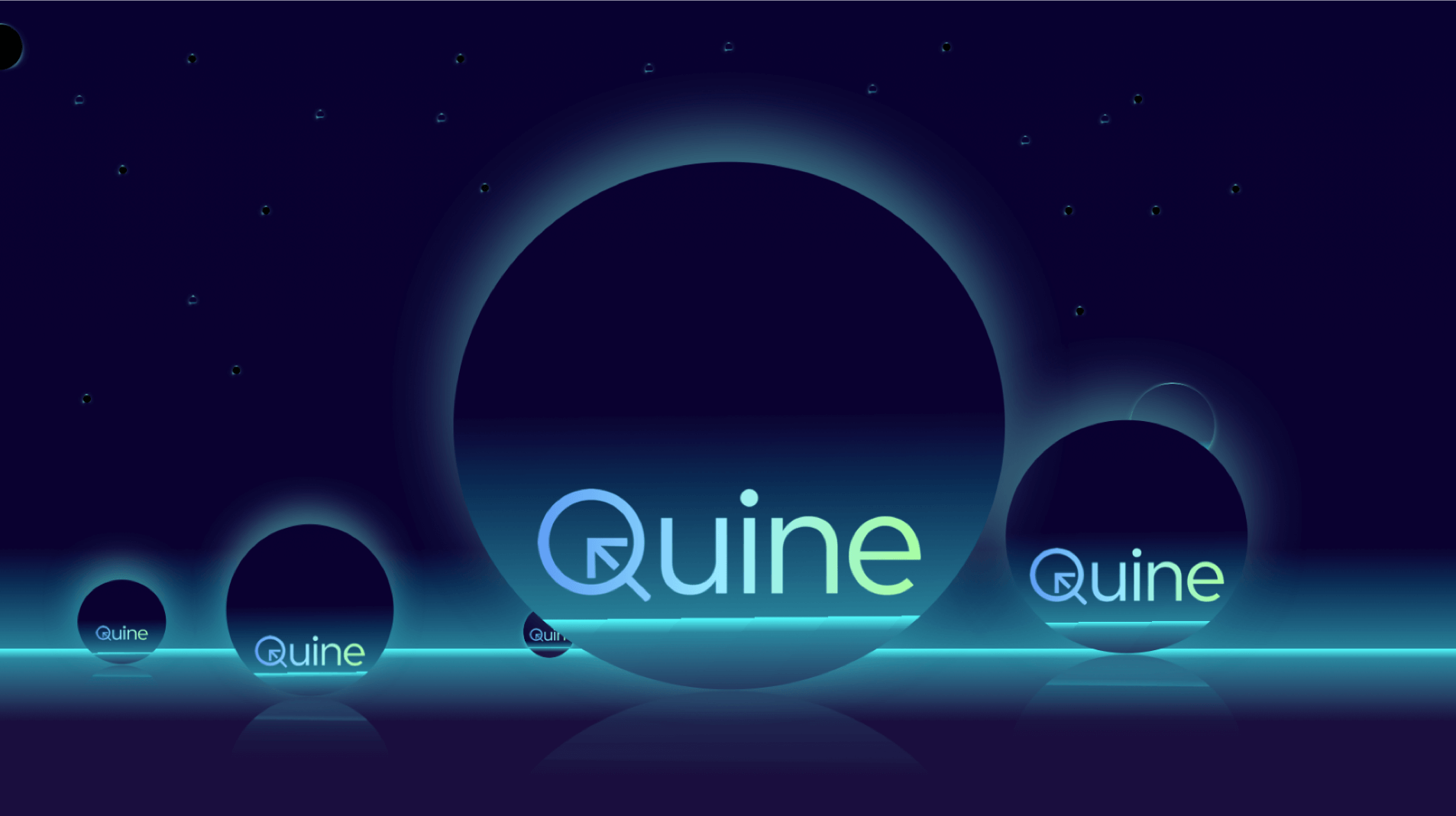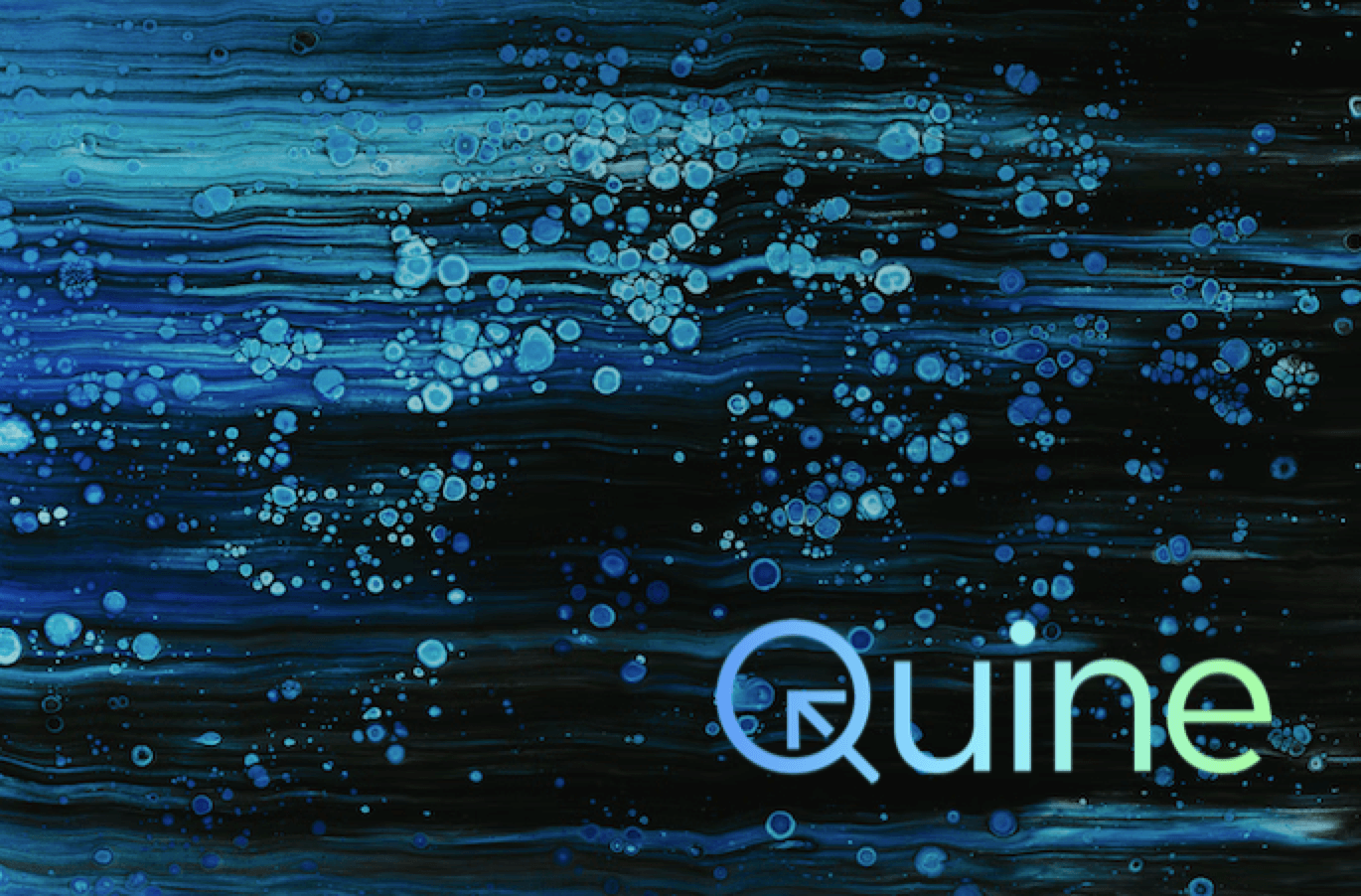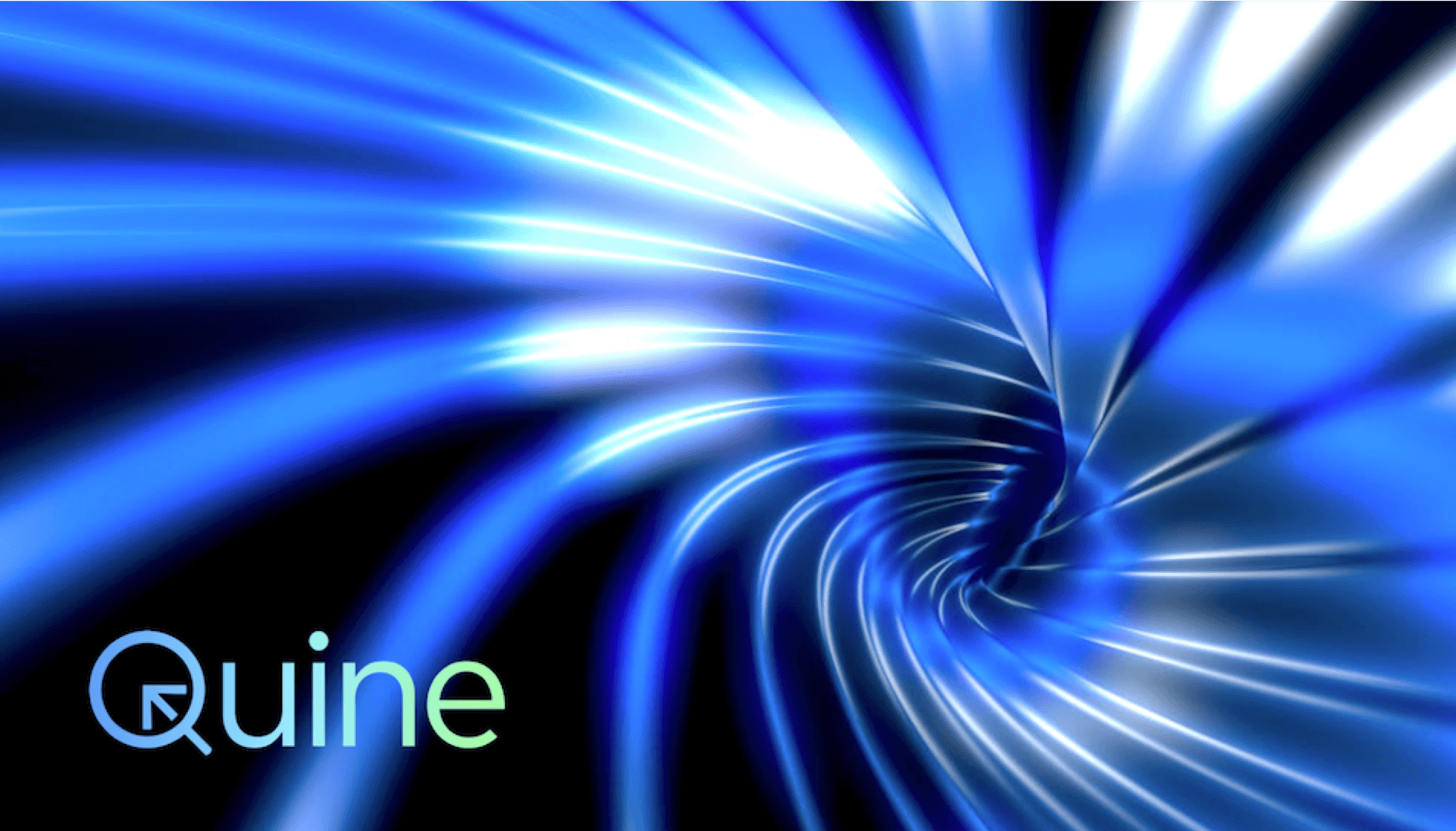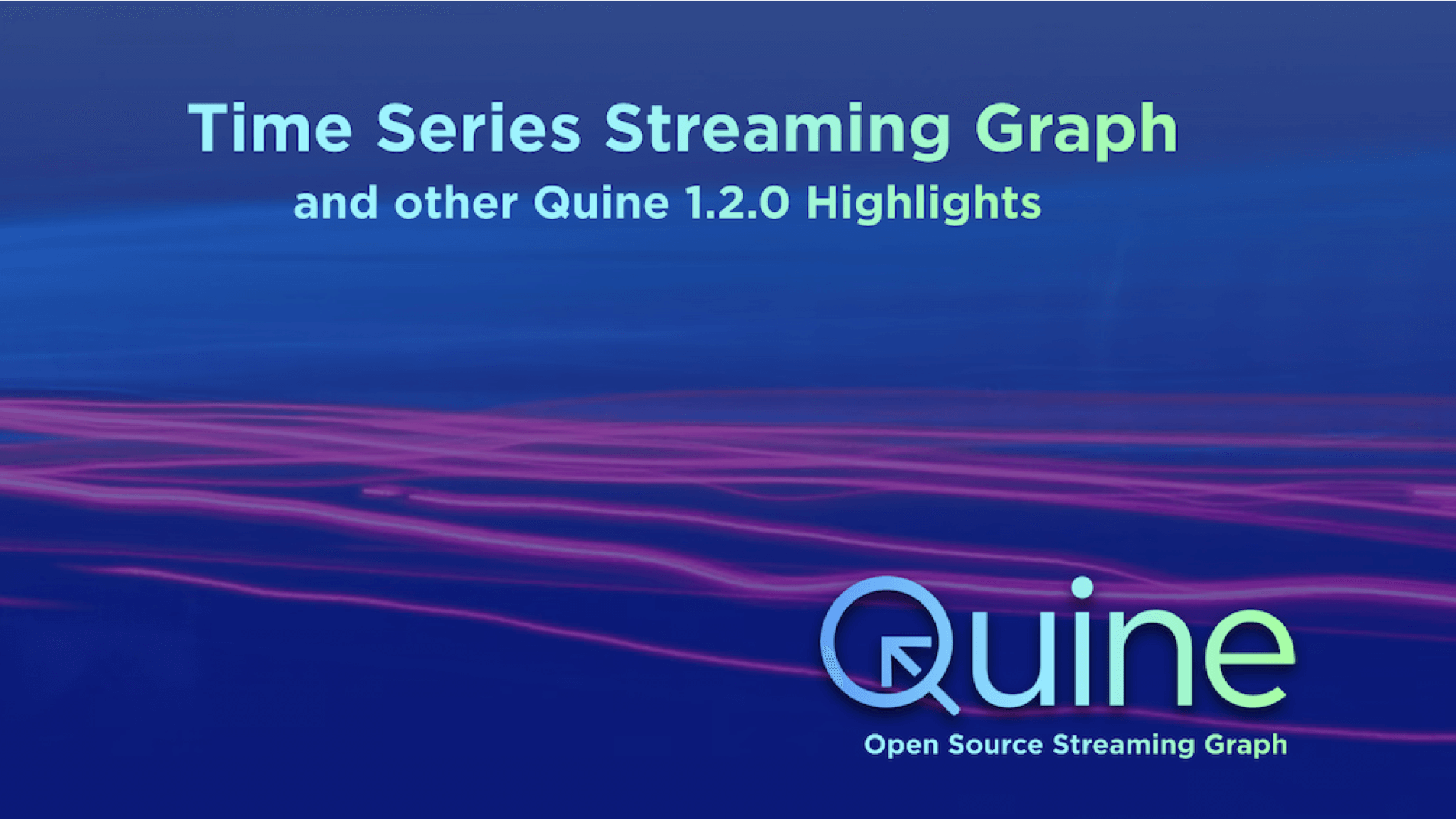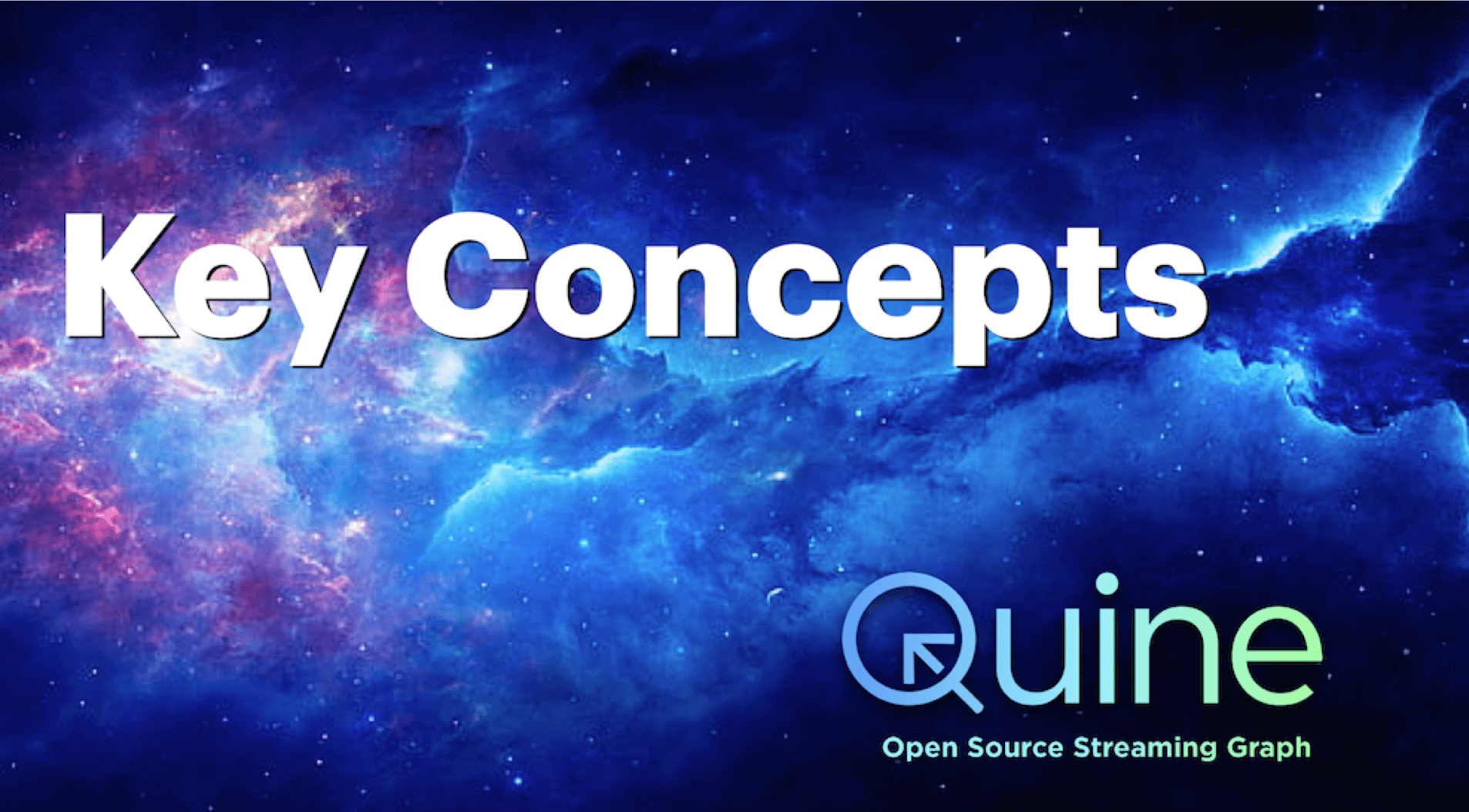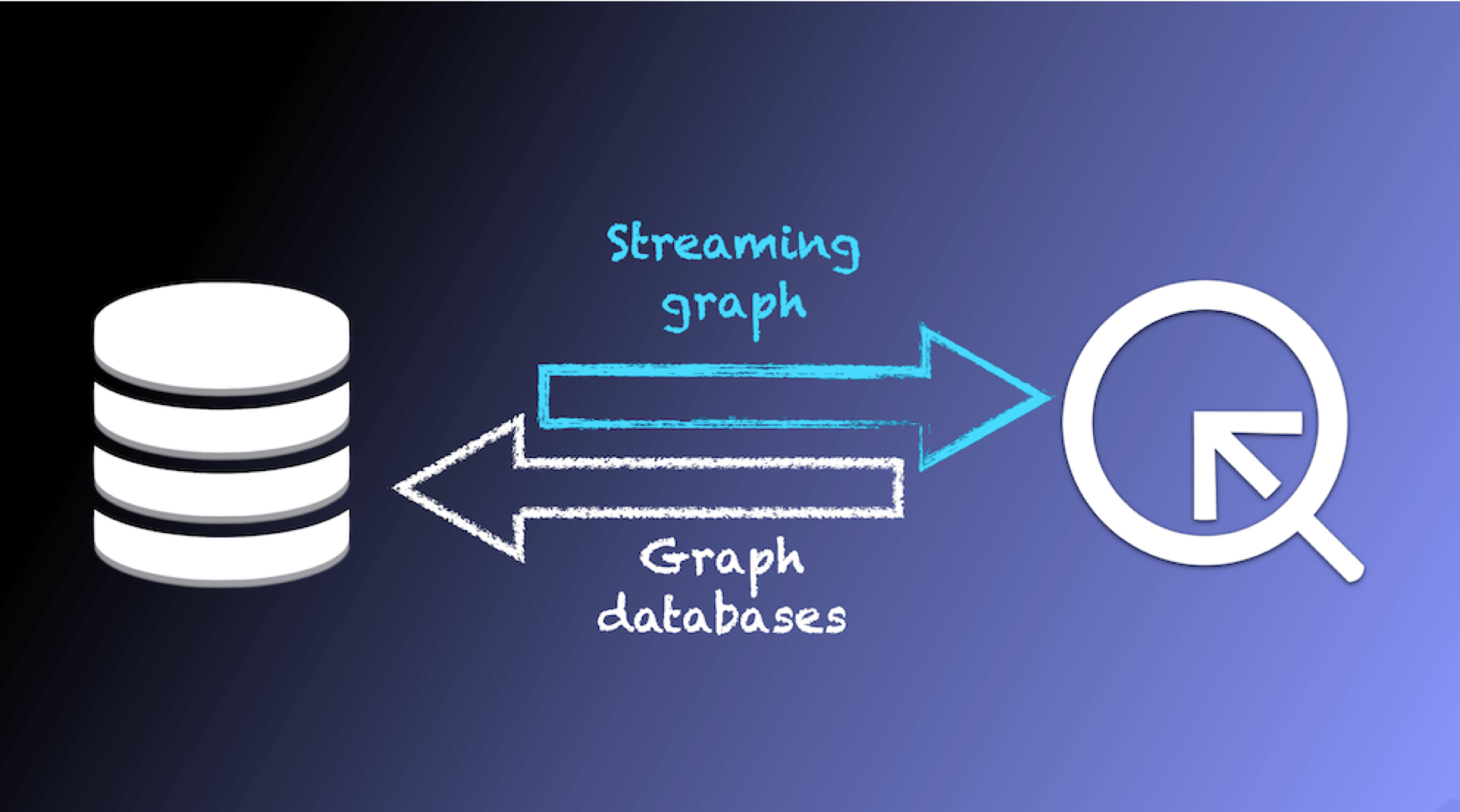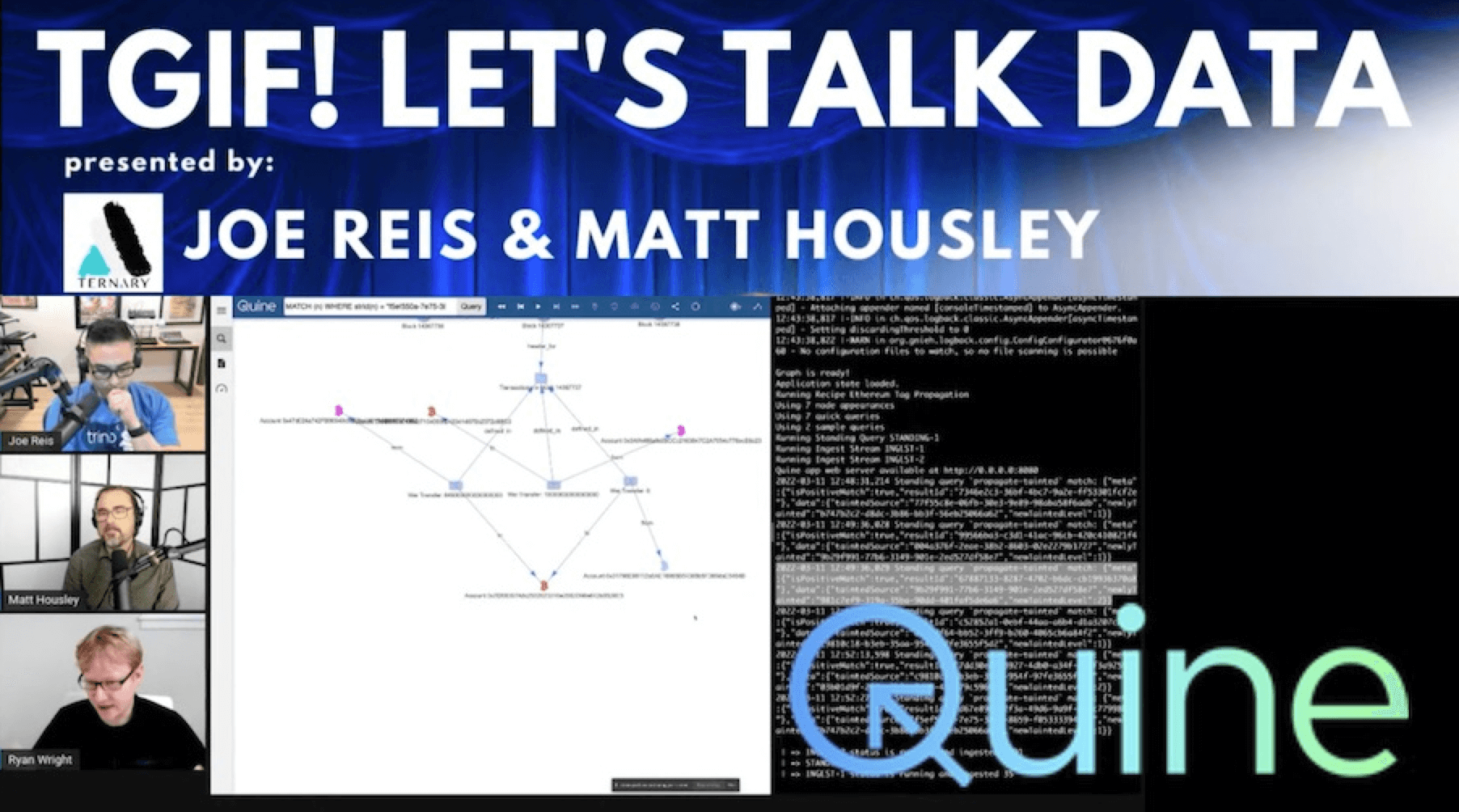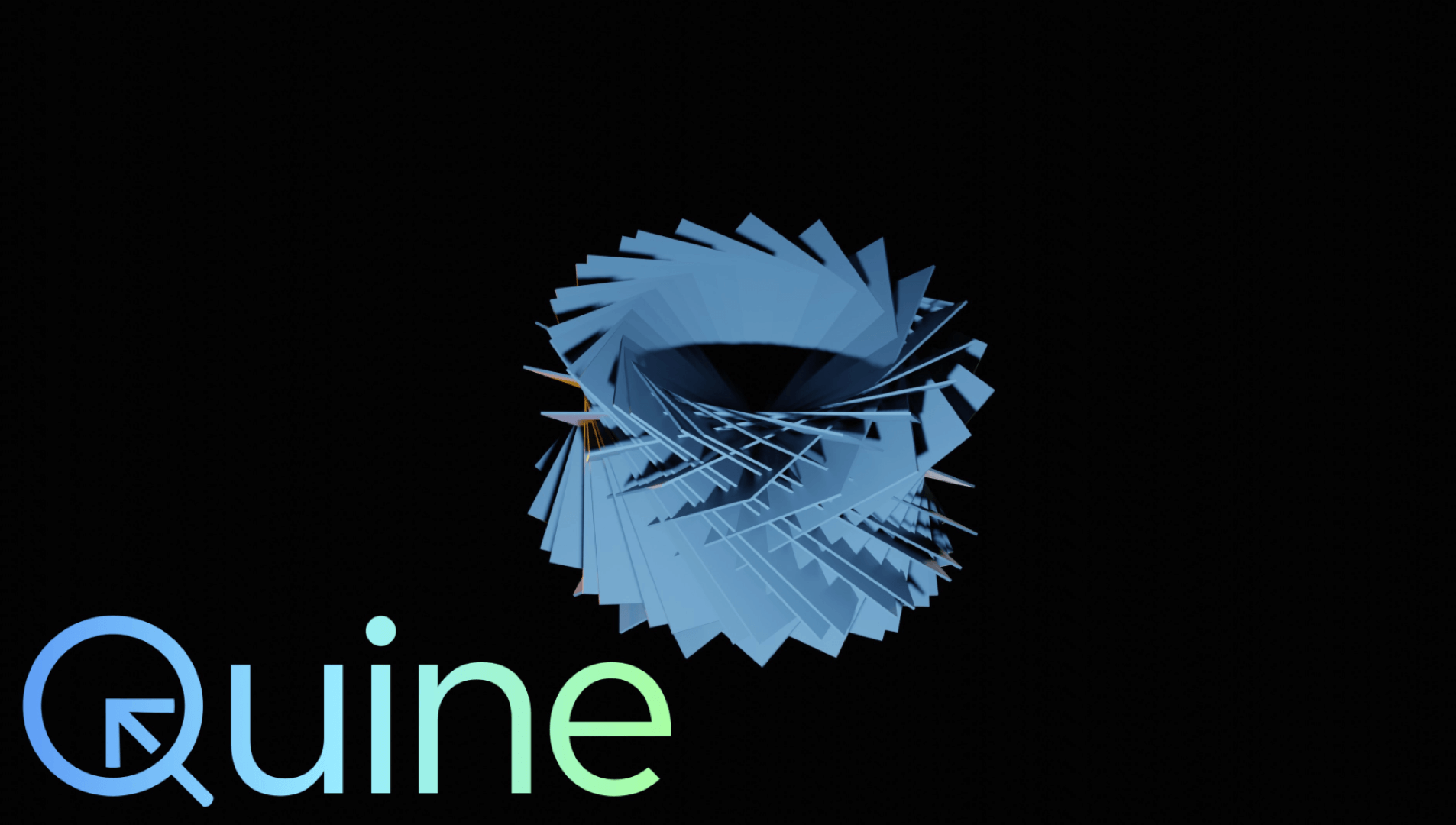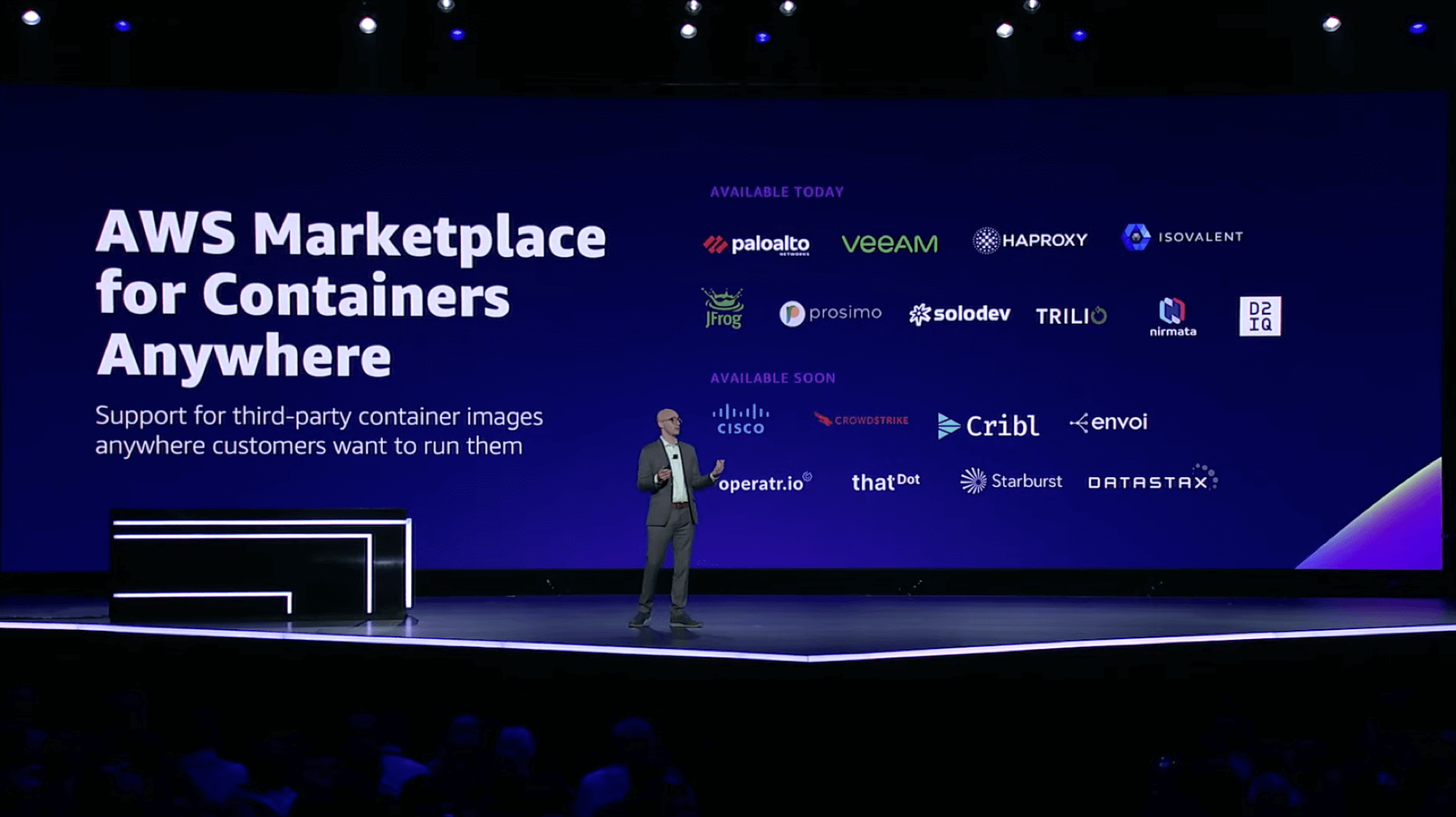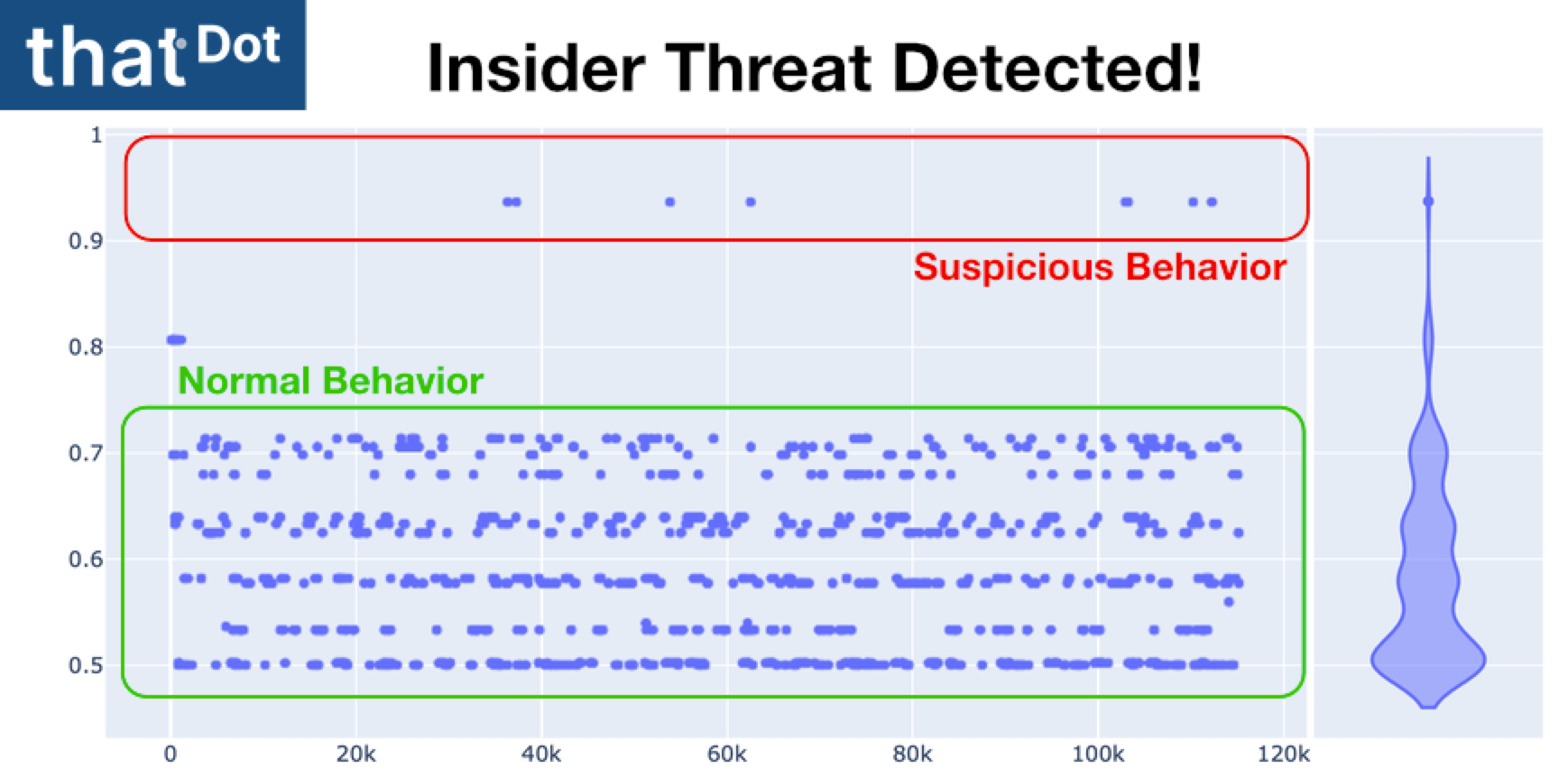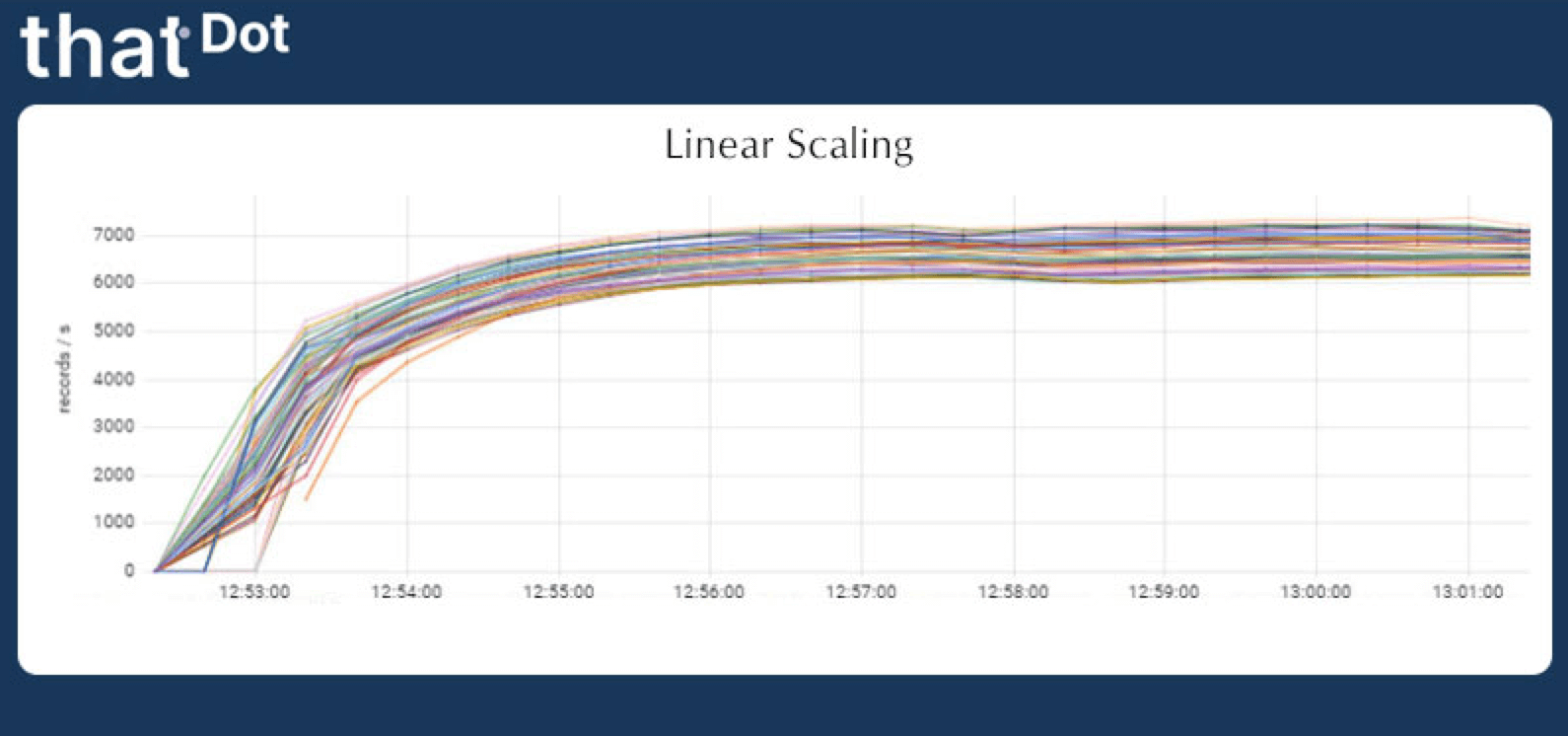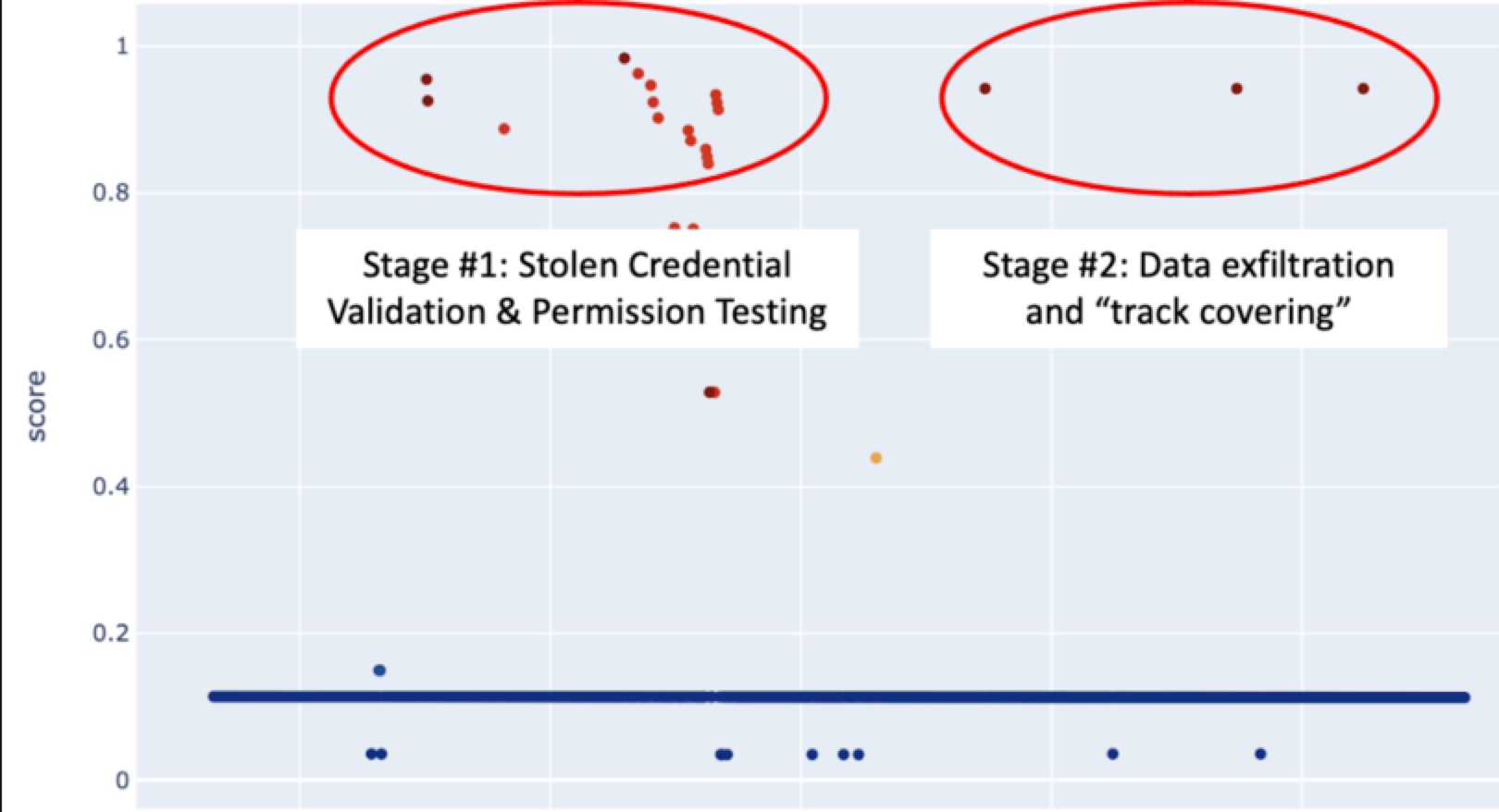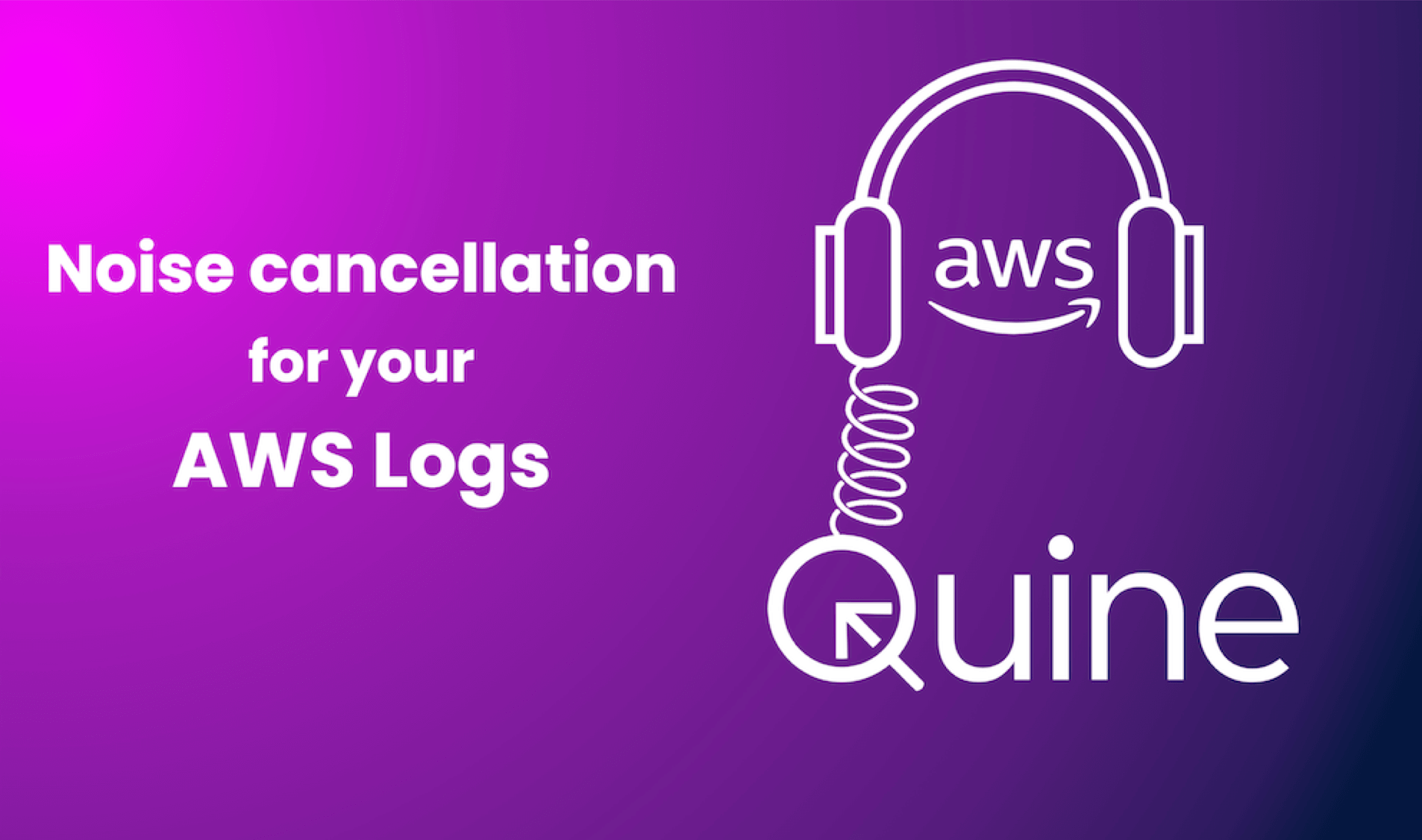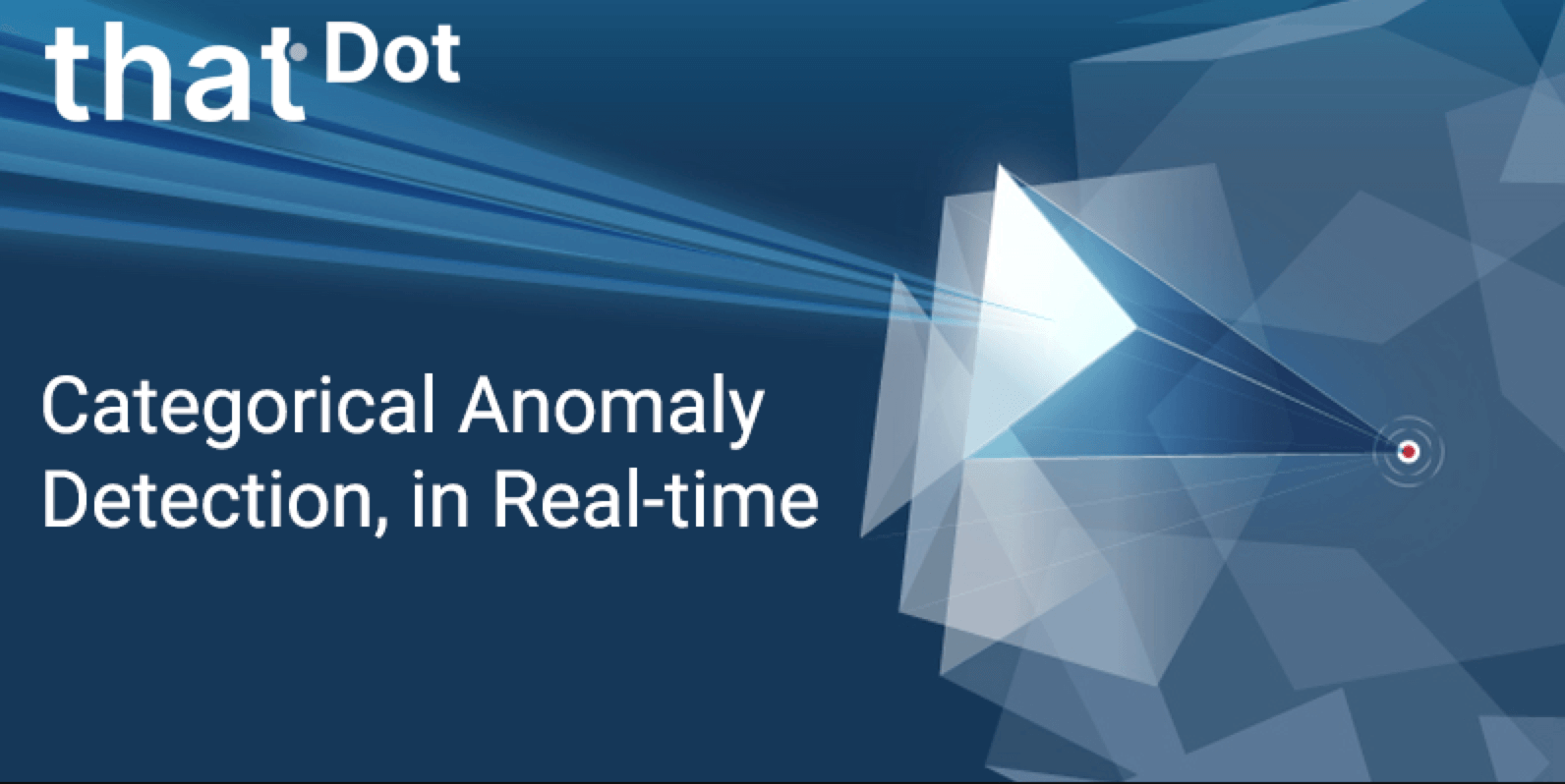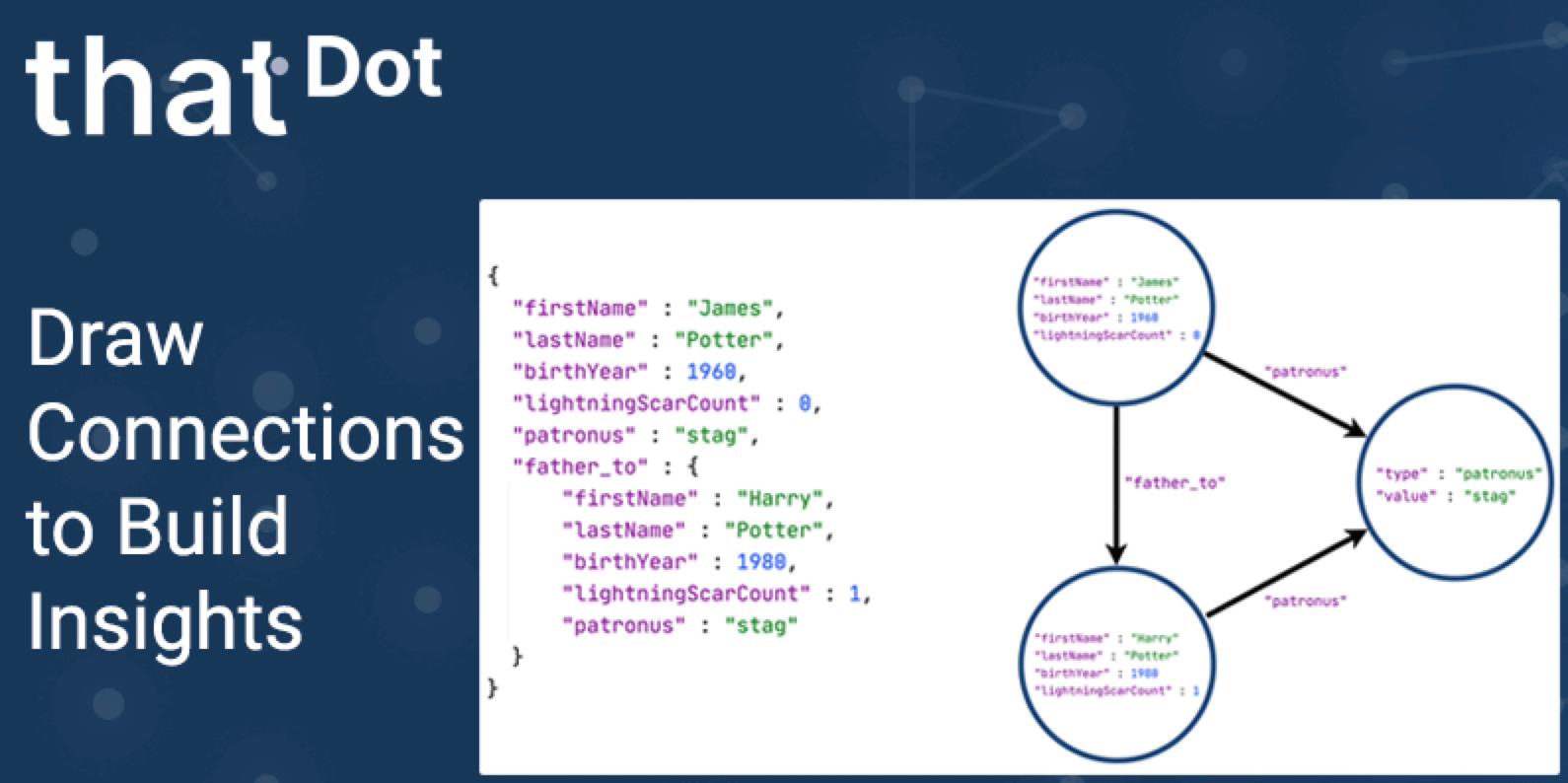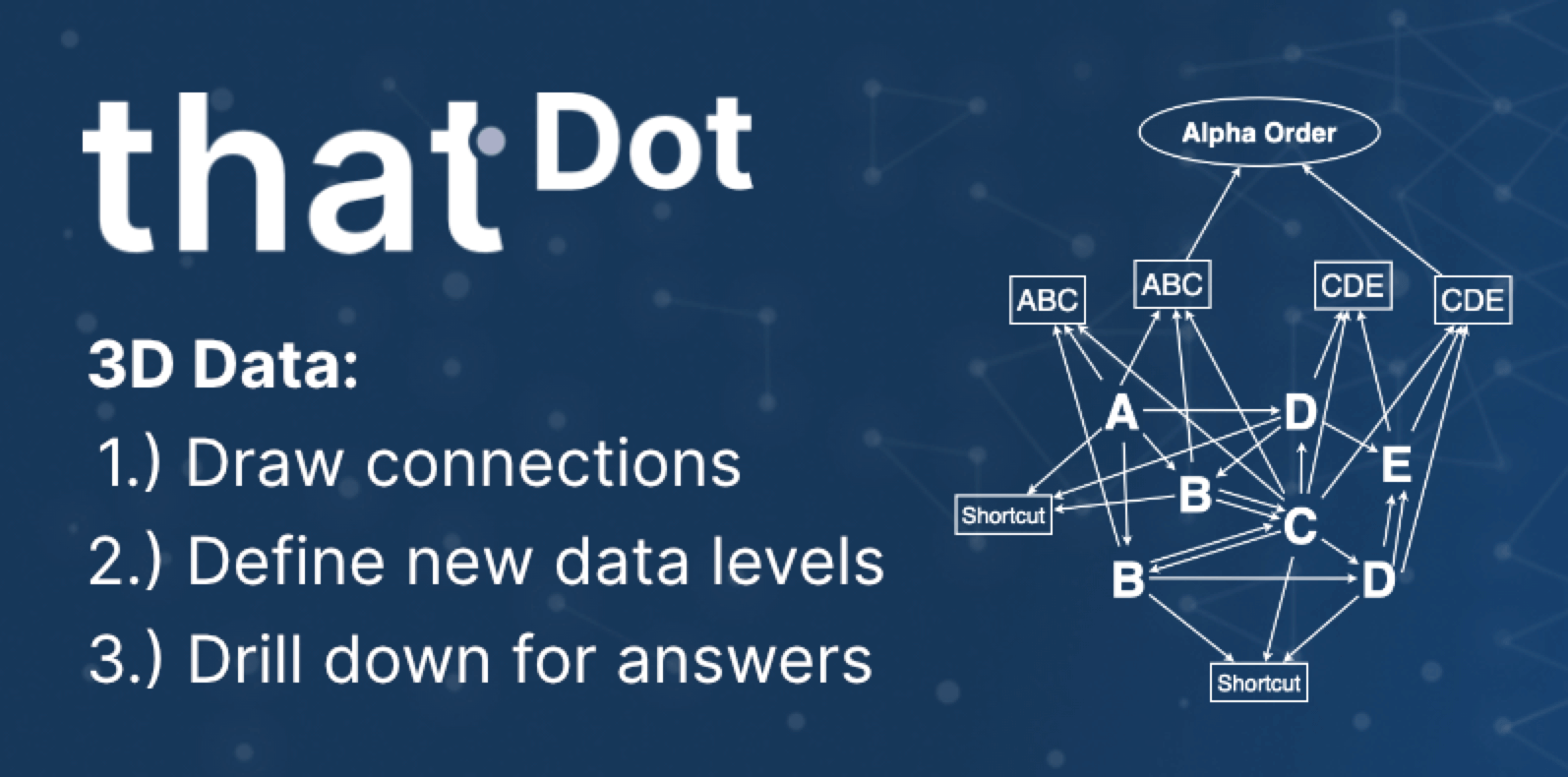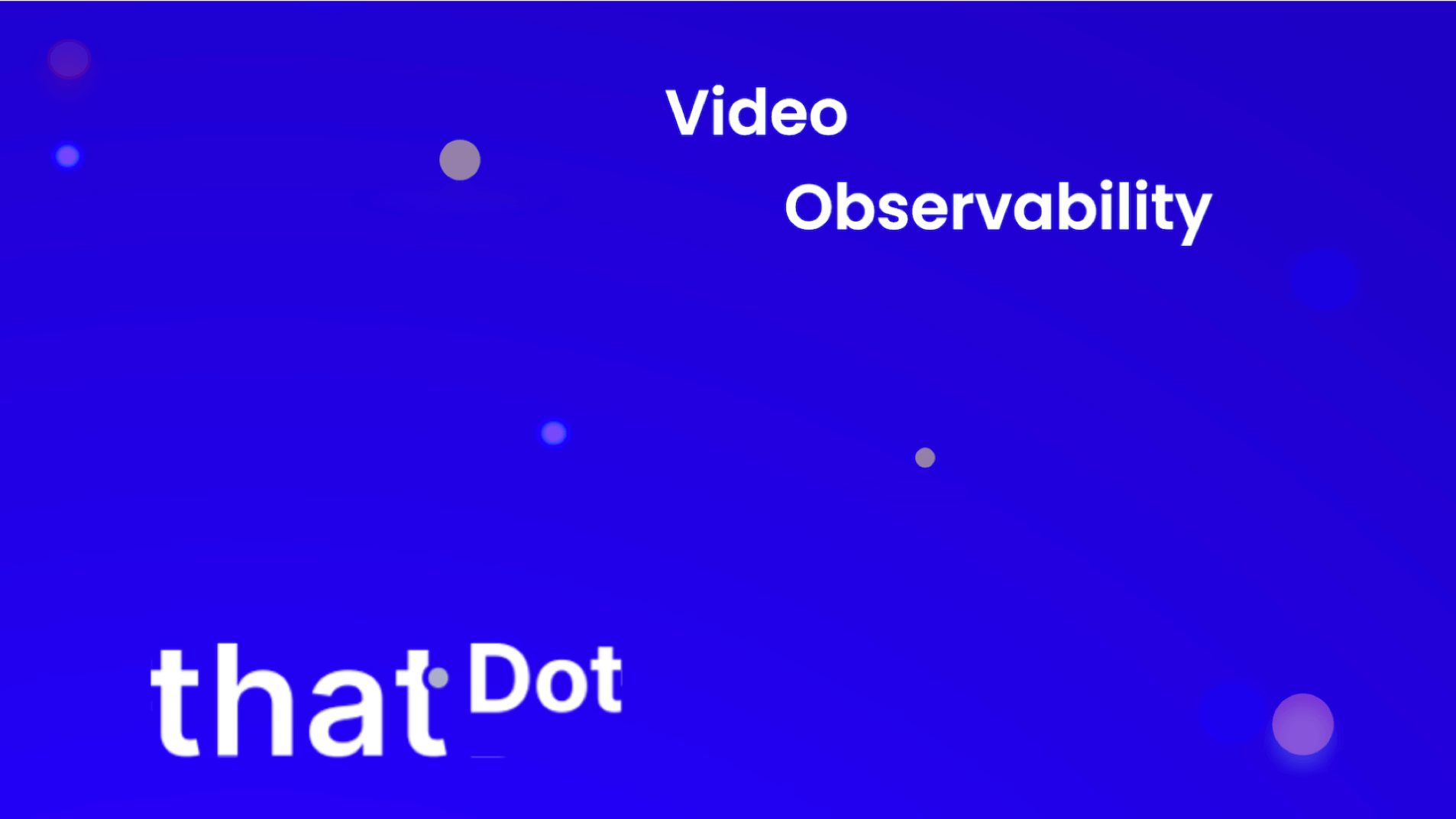Blog #5 in the Ingesting Data series. A step-by-step guide to adding Quine’s high-volume graph analytics inline with your Kafka-based event streams.
Blog
Modernizing ETL For Cloud
Cloud architectures enable a new level of integration with 3rd party systems and data sources to deliver the services our users and customers are looking for.
Ingest and Analyze Log Files Using Streaming Graph
This blog shows you how Quine streaming graph can ingest multiple log formats to create a single, unified streaming graph for real-time analysis.
Ingesting From Multiple Data Sources into Quine Streaming Graph
Ingest multiple data sources into Quine in order create a single streaming graph. ETL basics and Cypher queries are covered.
Real-time Blockchain Monitoring is Hard without A Streaming Graph
As crypto currencies go mainstream, better techniques for protecting users from fraud are needed. Enter streaming graph.
Ingesting data from the internet into Quine Streaming Graph
A step-by-step guide to ingesting data into Quine from live internet streams. ETL basics and Cypher queries are covered.
Building a Quine Streaming Graph: Ingest Streams
Part one in a series connecting different data producers to Quine streaming graph. Use Cypher to create ingest queries (ETL).
Time Series Streaming Graph and other Quine 1.2.0 Highlights
Quine 1.2.0 release sees significant new features, recipes, and performance enhancements.
Your Graph DB Won’t Scale? Stop Querying it.
Stop approaching streaming data the same way you do persistent data. Teach the stream to tell you when something interesting happens.
Key Concepts to Help You Get Started With Streaming Graph
Advice and key concepts about Quine streaming graph that will accelerate your development.
The Evolution To Streaming Graph from Graph Databases
When it comes to event-driven applications, graph database users require a new approach: streaming graph.
Let’s Talk Streaming Graph! (with demo)
Ryan Wright (CEO of thatDot) joins Joe Reis and Matt Housley on the TGIF! Let’s Talk Data live show to chat about streaming graphs.
Recipe for Streaming Graph Success
Quine Recipes make it dead easy to connect to your real-time event streams and turn them into stateful streaming graphs
Computing Recursive Rollups in a Kafka Event Streaming Pipeline
Matthew Splett from Tripwire explains how he replaced complex SQL queries with succinct Cypher queries to process rollup data.
AWS Names thatDot’s Novelty Detector As A Containers Anywhere Partner
Bringing cloud-based data management into the enterprise data center, where much enterprise data still lives, is now simpler than ever.
Stop Insider Threats With Automated Behavioral Anomaly Detection
Advanced: Finding a malicious employee is one of the toughest cyber-security challenges in the industry.
Quine Streaming Graph Scales to 1.1 Trillion Log Events per Month
Learn how Quine streaming graph achieved a sustained rate of recording 425,000 records per second into our streaming graph.
Data Exfiltration Detection in AWS CloudTrail Logs Using Categorical Data
This blog on AWS data exfiltration detection explains the use of categorical data in anomaly detection to identify multi-stage exploit campaigns in AWS CloudTrail logs.
The Known Security Challenge of the Unknown
Destructive attack campaigns succeed because they integrate new techniques or new hardcoded credentials to access and victimize their targets.
Find Stolen Credentials Use in AWS CloudTrail Logs using Quine Graph
The move to the cloud represents new challenges for enterprise security teams. Use thatDot Novelty Detector to detect the attack quickly.
What Is Categorical Data? Comparing it to Numerical Data for Analytics
Data comes in two flavors: Numeric and Categorical. Numeric data is easy, it’s numbers. Categorical data is everything else.
New to Quine’s Novelty Detector: Visualizations and Enhancements
thatDot’s real-time Novelty Detector for categorical has updated its data exploration and data transformation capabilities.
The World’s First Real-time Novelty Detector For Categorical Data
thatDot is excited to share the general availability of the world’s first system for real-time categorical anomaly detection.
Draw Connections to Build Insights
We introduced the term “3D Data” as a mnemonic and a way to think about streaming data processing that incrementally builds toward human-level data questions.
The Three D’s of Graph Data
Draw Connections, Define Data, Drill Down
Defining Video Observability
Imagine if the next time your video streaming operations dashboard-of-choice warns you that 100 users experienced video start failures in the last minute,
